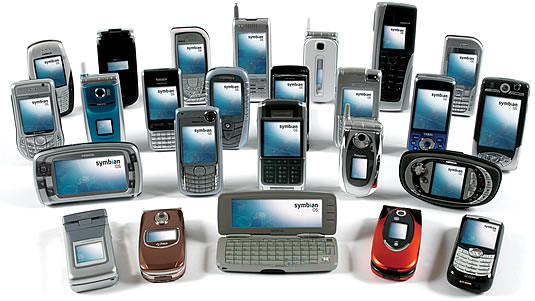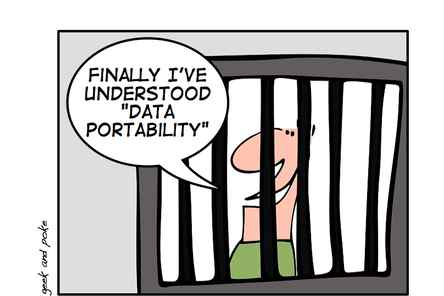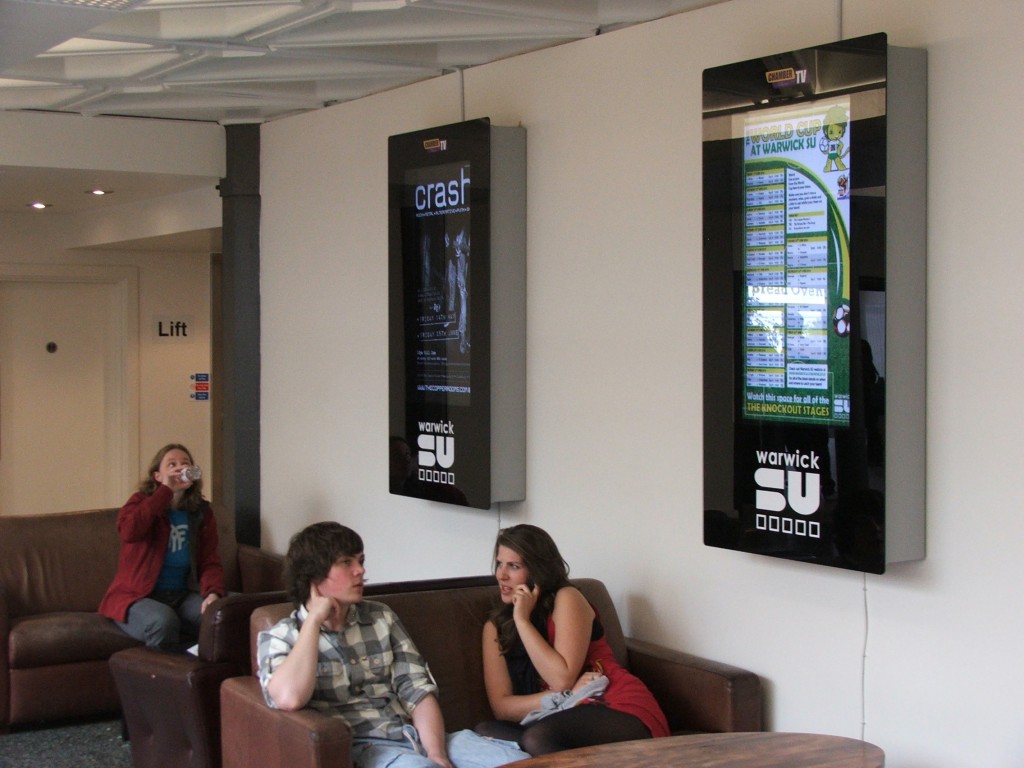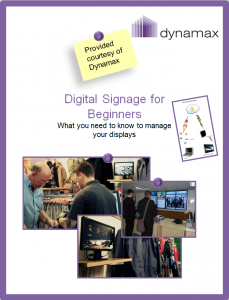ZDNET has recenty hosted a webcast on things to expect in 2012 as a small business in terms of technology. Among the things they mentioned were mobile, cloud- computing, the paperless office, apps, displays and the consumerisation of IT. We’re going to give you a brief overview of the highlighted trends on each of these subjects and it’s up for you to decide whether they’re current or not. In any circumstance, we shall see by the end of the eyar which of them will become true (and I would say that pretty many).
Main idea- ”People are looking for ways to improve cash and reduce ways for less resources” Let’s see how IT would help them to do this
1) The mobile
Everybody would probably agree that smartphones are a revolutionary tool for SMB owners, arguably because of the wide variety of apps allowing them to manage their businesses on the go, improve productivity and business resource planning. 60% of the poll respondents considered the mobile an increasingly important trend in 2012 too, which means that the mobile makes it to the top of SMB technology for a 2nd year in a row.
”There’s an app for everything” they say but panelists raise attention to the potential risk of being ”locked into an app” or not being able to recover your data. Make sure you can get your data in and out of them.
Of course, if the mobile is an important tool for you, chances high that so it is for your customer as well. Don’t miss out on this opportunity of generating business or of simply interacting with your target market by simply ignoring this communication medium.
2) Portability
Or in other words manage your small business from your laptop, from servers to ads and everything in between. Even though this might be a bit of an extreme example, some businesses might adapt a ”desktop-less” approach in the coming year if their employees only use ”light” applications (Word, a web-browser and email). This trend too was mentioned last year, when IT commentators from J. Gold Associates thought laptops will be slowly replacing PCs by 2013. ZDNET’s pros take a slightly more balanced approach and say it all depends on the business.
They also drew attention to the Bring Your Own Device’s risk of losing your data together with your staff. If all your data is stored on your staff’s personal devices what happens when those leave the company and what can you do for recover your data completely? Despite the fact that BYOD seems an attractive option as SMB’s don’t have to provide devices anymore, it involves some risks that might outweight its benefits. The better alternative is storing your data in cloud- hosted applications and giving and/or denying access to it to your employees.
That’s the idea behind digitalsignage.NET. We save your data (the pictures and images you want to display on your advertising screens) in the cloud so no one else owns them but your business. Members of the staff can access the system and the files if granted permission by the admin. More control- more security and as one of the panelists said ”that’s not something to joke about”.
This approach makes even more sense given the fact that we tend to work across desktops anyway and will do so even more in 2012. Hosting data in the cloud implies that this can be accessed and updated from several devices (smartphones, tablets, desktops, laptops) at any time, from any location with Internet connectivity.
3) Displays
We’re particularly thrilled about this trend, given the fact that we’re producing a software for one (we kept the best for the end). David Gawirtz, ZDNET editor foresees an augmented use of displays by small businesses to communicate to their various target audiences when ”captive” in their locations. ”More than just photos” says Gawirtz referring to the file types that advertising screens and photo frames can now show (have a look at our case studies to see what our clients display on their screens). As the technology (formally known as digital signage) becomes cheaper small businesses are adopting it to communicate with their audiences at the right place and time. This price drop is partially due to the raise of cloud-computing and SaaS but also to the drop in TV prices.
4) Going paperless
Not really, but printing has become a secondary support activity, panelists note. Marketing communications in particular have gone ”online” due to the cost-efficiency of the medium. Indoor digital signs for example, allow you to update your communications in almost real-time without having to incur the cost of printing and replacing posters. A screen on a wall could be used to advertise your latest discounts, products or services or for corporate communications being a medium that can be adapted to your needs.
In 2012, more SMB’s are expected to outsource imaging services given the fact that they don’t need printing services as much as they used to panelists concluded. This will enable them to cut down the costs of supplies and remove the hassle of managing this side of the business themselves.
The summary would not be complete without mentioning social media trends for the year ahead. This will continue to be adopted given its cost-effectiveness while more and more efforts will be made to monetise it or measure its ROI. The panelists highlighted the potential of buiding a relationship with your customer base rather than just limiting yourself to advertising. We have advised our end-users in several previous posts to display their tweets and Facebook posts as well as Foursquare check-ins on their indoor TV’s as a mean of promoting their social channels and their business (we love the example of a Swedish supermarket that encouraged clients to check-in for making prices fall using in-store displays located at the entrance).
Here are the two main ideas we’ve got from the webcast-
1) The Internet collapses distances allowing small and medium businesses to reach a wider audience scattered around a larger geographic area (priviledge once reserved for large corporations only). Our application for example, allows users to post their messages on remote displays, located in their venues throughout the UK (and not only). Firewalker Gym displays its ads on screens in its locations as well as on those of its partners that have TV’s (a special type of that allow you to show your communications too along with news) in their premises.
2) ”We no longer live in one environment” meaning we should be able to move our data and communications across platforms, applications and devices. This will enable SMB’s to establish a harmonised communication strategy online, offline and, on-mobile.
If you wish to find out more about location- based communications and how can they help small businesses reach the right audience at the right time, download our whitepaper
If you’ve found this information useful, share it with others. We’d love to hear your comments about the trends above. Do you agree or disagree with these predictions?
See our 2011 Tech Trends Summary.





